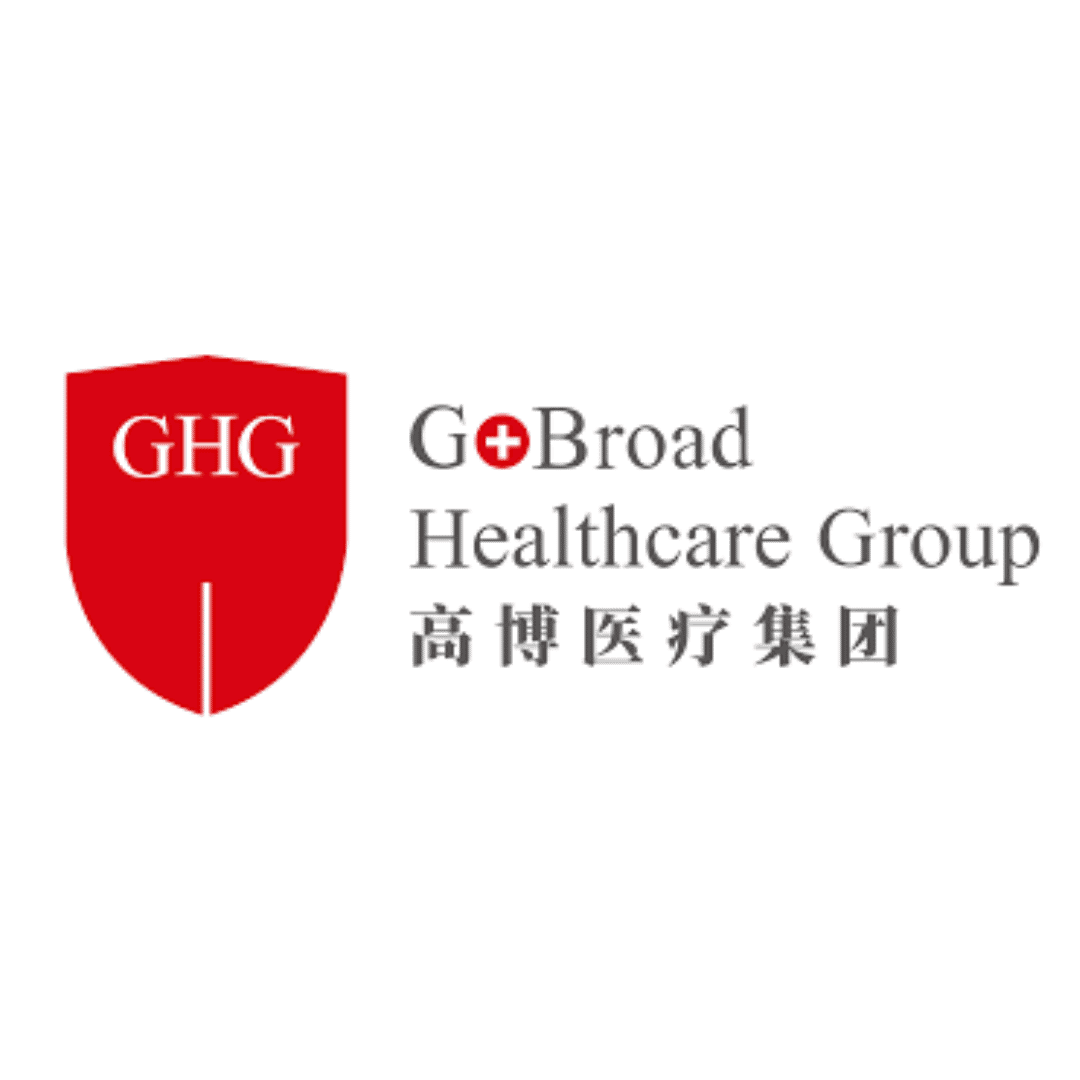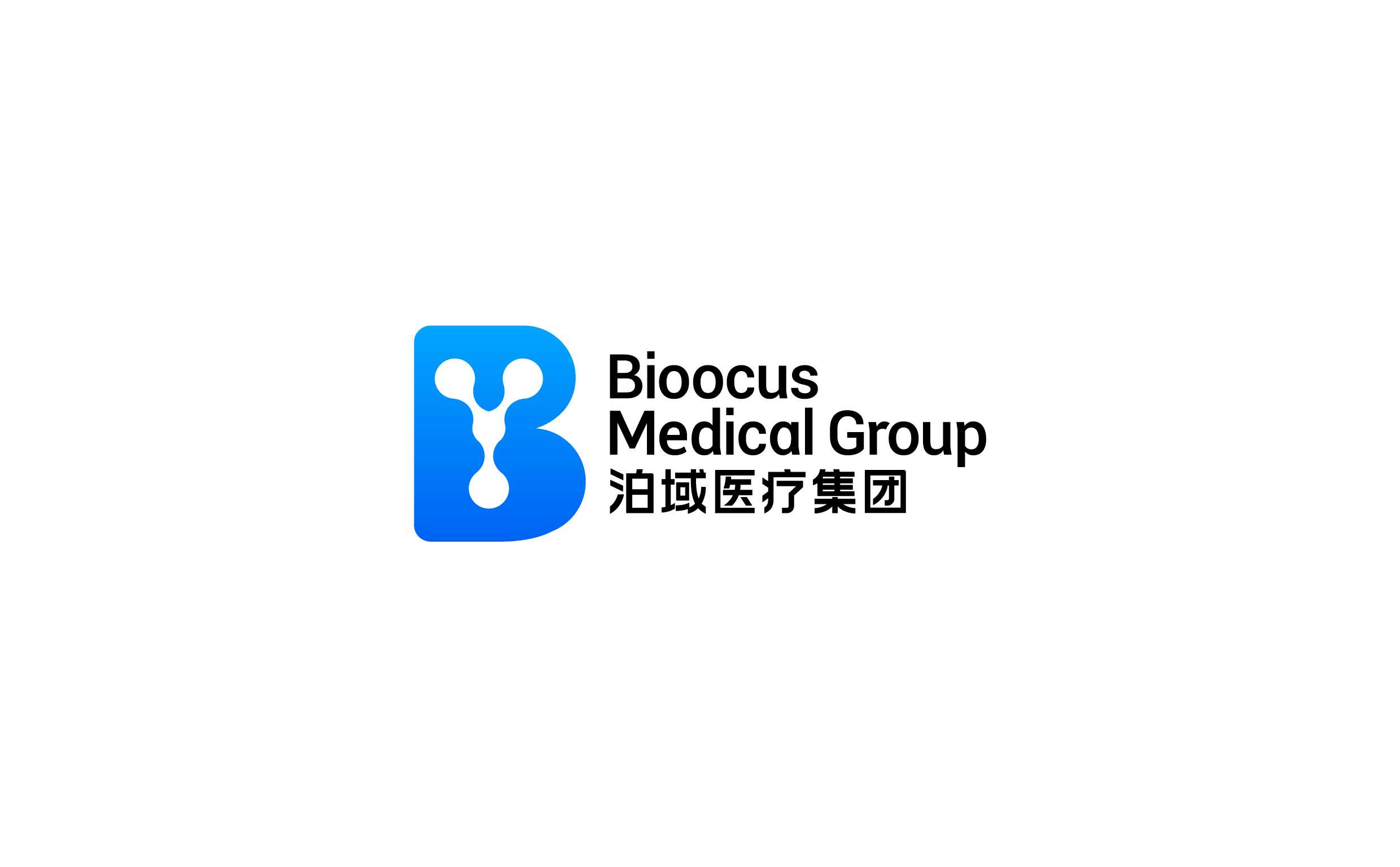Guide to Adult B-ALL Survival Rates in China
.jpg)
Hello there! If you're looking into the survival rates for B-cell Acute Lymphoblastic Leukemia (B-ALL) in adults, especially in a specific region like China, you're tapping into a very important and often complex topic.
B-ALL is an aggressive type of cancer affecting the blood and bone marrow, and while it's more common in children, when it affects adults, it often presents a greater challenge due to different disease biology and patient tolerance to intensive treatments.
Understanding the landscape of care and outcomes in a vast country like China involves looking at various factors, from medical advancements to the accessibility of specialized treatments.
In China, like many parts of the world, there have been significant strides in treating B-ALL. The healthcare system has seen substantial investment and development over the past few decades, leading to improved diagnostic capabilities, access to modern chemotherapy regimens, and the increasing availability of advanced therapies like hematopoietic stem cell transplantation (HSCT).
These developments have certainly impacted survival statistics, offering hope and better prognoses for many adult patients battling this complex disease. However, specific rates can vary widely depending on the patient's age, genetic markers of the leukemia, stage at diagnosis, and the quality of medical facilities available.
What is the survival rate for B-ALL in China for adults?
For adults diagnosed with B-cell Acute Lymphoblastic Leukemia (B-ALL) in China, the 5-year overall survival rate has shown a positive trend, often falling within the range of 40% to 60%. This figure represents the percentage of patients who are still alive five years after their diagnosis.
It's important to understand that this is an average and individual outcomes can vary significantly based on numerous factors. The advancements in medical technology, including more precise diagnostic tools and the wider availability of effective chemotherapy regimens, have played a crucial role in enhancing these survival statistics over recent decades.
Historically, adult B-ALL carried a much grimmer prognosis compared to its pediatric counterpart. However, the dedicated efforts in oncological research and clinical practice within China have led to more optimized treatment strategies.
These strategies often involve intensive chemotherapy, followed by consolidation and maintenance phases, with hematopoietic stem cell transplantation (HSCT) being a vital component for eligible patients, especially those at high risk of relapse. The increasing number of transplant centers and the growing expertise of medical professionals contribute directly to these improved outcomes.
It is worth noting that while these figures represent significant progress, challenges remain. Factors such as access to advanced care in rural areas, economic disparities influencing treatment adherence, and the biological aggressiveness of adult B-ALL itself continue to pose hurdles. Continuous efforts are focused on developing more targeted therapies and supportive care to further elevate these survival rates.
What factors influence B-ALL survival rates in adults?
Several critical factors profoundly impact the survival rates for adults with B-ALL. Understanding these can help patients and their families better comprehend the prognosis and treatment pathways. These factors are often used by clinicians to stratify patients into different risk groups, guiding treatment intensity and predicting potential outcomes.
Primary factors influencing survival include:
- Age: Younger adults generally have better outcomes than older adults. As age increases, patients may have more co-existing health conditions, making them less tolerant to intensive chemotherapy.
- Cytogenetics and Molecular Genetics: The presence of specific chromosomal abnormalities or gene mutations within the leukemia cells is a powerful prognostic indicator. For instance, the Philadelphia chromosome (Ph+) is a high-risk feature, though outcomes have improved significantly with targeted therapies. Other aberrations can denote either good or poor risk.
- Initial White Blood Cell (WBC) Count: A very high WBC count at diagnosis is generally associated with a higher disease burden and can be a marker of poorer prognosis.
- Response to Initial Treatment: Achieving a complete remission rapidly after induction chemotherapy, particularly measurable residual disease (MRD) negativity, is a strong predictor of long-term survival. Persistent MRD indicates a higher risk of relapse.
- Central Nervous System (CNS) Involvement: Presence of leukemia cells in the brain or spinal fluid at diagnosis increases the risk and requires specialized treatment.
- Access to Advanced Therapies: The availability and successful utilization of treatments like allogeneic hematopoietic stem cell transplantation (HSCT) are crucial for high-risk patients.
Beyond these biological and disease-specific elements, other elements such as the patient's overall health status (performance status), the presence of other medical conditions, and socioeconomic factors like access to continuous, high-quality medical care and supportive services also play a significant role in determining the overall survival and quality of life for adult B-ALL patients.
What are the common treatment approaches for adult B-ALL in China?
The treatment of adult B-ALL in China aligns largely with international standards, emphasizing a multi-phase approach tailored to the individual patient's risk profile. The primary goal is to achieve a complete remission and then prevent relapse through further consolidation and maintenance therapies.
The typical treatment pathway involves:
- Induction Chemotherapy: This initial intensive phase aims to destroy as many leukemia cells as possible and achieve complete remission. It typically involves a combination of several potent chemotherapy drugs administered over a few weeks.
- Consolidation Chemotherapy: Once remission is achieved, this phase uses different chemotherapy agents or higher doses to eliminate any remaining leukemia cells that might not have been eradicated during induction, thereby reducing the risk of relapse.
- Maintenance Chemotherapy: This long-term phase, usually lasting for 2-3 years, involves lower doses of chemotherapy drugs to continuously suppress any potential leukemia cell regrowth.
- Central Nervous System (CNS) Prophylaxis: Because B-ALL can spread to the brain and spinal cord, treatments like intrathecal chemotherapy (chemo injected directly into the spinal fluid) or radiation therapy to the brain are given to prevent or treat CNS involvement.
For patients with specific genetic mutations, such as the Philadelphia chromosome (Ph+ B-ALL), targeted therapies like tyrosine kinase inhibitors (TKIs) are incorporated into the regimen. These drugs specifically target the molecular pathways driving the leukemia and have dramatically improved outcomes for Ph+ patients.
Furthermore, for high-risk patients or those who relapse, allogeneic hematopoietic stem cell transplantation (HSCT) remains a critical curative option, involving replacing the patient's diseased bone marrow with healthy stem cells from a donor.
How has China's healthcare system improved B-ALL outcomes?
Over the past few decades, China's healthcare system has undergone significant transformation and investment, directly contributing to improved outcomes for complex diseases like adult B-ALL. The government's commitment to healthcare reform has focused on several key areas, leading to more accessible and effective treatment options.
Key improvements include:
- Infrastructure Development: There has been substantial growth in modern hospital facilities, especially in major cities, equipped with advanced diagnostic technologies such as flow cytometry, molecular diagnostics, and sophisticated imaging equipment, which are crucial for accurate B-ALL diagnosis and monitoring.
- Specialized Centers: The establishment and expansion of specialized leukemia and oncology centers across the country ensure that patients have access to expert hematologists and multidisciplinary teams experienced in managing B-ALL. These centers often participate in clinical trials, bringing cutting-edge treatments to patients.
- Adoption of International Guidelines: Chinese medical professionals increasingly adopt and adapt international best practices and treatment guidelines for B-ALL. This includes standardized chemotherapy protocols and risk-stratification methods that have proven effective globally.
- HSCT Program Expansion: China has become a global leader in the number of hematopoietic stem cell transplantations performed annually. The increasing availability of HLA-matched donors, both related and unrelated, through large donor registries, has made this curative option accessible to more B-ALL patients.
- Drug Availability and Affordability: Efforts have been made to increase the availability of essential and innovative anti-cancer drugs, including targeted therapies, and to make them more affordable through national insurance schemes, though challenges with access and cost can still persist for some patients.
These systemic enhancements have collectively elevated the standard of care for adult B-ALL patients, translating into better response rates, lower relapse rates, and ultimately, improved survival rates across the nation.
How does B-ALL survival in China compare to Western countries?
When comparing B-ALL survival rates in China to those in Western countries like the United States or European nations, it's evident that China has made substantial progress in narrowing the gap.
In leading oncology centers within China, particularly in large cities, the 5-year overall survival rates for adult B-ALL are often quite similar to those reported in high-income Western countries, sometimes reaching into the 50-60% range or even higher for specific low-risk groups. This parity is a testament to the adoption of advanced treatment protocols, access to modern drugs, and expertise in complex procedures like stem cell transplantation.
However, it is also important to acknowledge that national averages can sometimes mask regional disparities. While urban centers boast world-class facilities, access to equally advanced care in more remote or rural areas of China might still be a challenge.
In contrast, Western countries often have more uniformly distributed high-quality healthcare infrastructure, though even within these nations, socioeconomic factors can influence outcomes. The robust clinical trial landscape and long-standing research initiatives in Western countries have also contributed significantly to continuous improvements in their survival rates.
Despite any remaining differences, the general trend indicates a convergence of outcomes for adult B-ALL. This is largely due to globalized medical knowledge, international collaborations, and China's strategic investments in healthcare. For patients treated at top-tier Chinese hospitals, the quality of care and the potential for positive outcomes are often on par with what would be expected in leading Western medical institutions.
What is the estimated cost of B-ALL treatment for international patients in China?
For international patients considering B-ALL treatment in China, understanding the potential costs is a crucial step. The overall expenses can be quite variable, as B-ALL treatment is a prolonged and intensive process. Generally, costs are significantly lower than in many Western countries while maintaining a high standard of care in reputable hospitals.
Here's a breakdown of potential cost components:
| Treatment Phase/Service | Estimated Cost Range (USD) |
|---|---|
| Diagnosis & Initial Workup | $3,000 - $8,000 |
| Induction Chemotherapy (1-2 months) | $10,000 - $30,000 |
| Consolidation & Maintenance (per cycle/month) | $2,000 - $10,000 |
| Allogeneic Stem Cell Transplant (if needed) | $40,000 - $80,000+ |
| Targeted Therapies (e.g., TKIs for Ph+) | Additional, can be significant monthly |
| Hospital Stay (daily rate, supportive care) | $300 - $1,000+ per day |
These figures are estimates and can fluctuate based on the hospital's reputation, the specific drugs used, the length of hospital stays, and any complications. It's highly recommended for international patients to get a detailed cost estimate directly from the chosen hospital in China, including all potential fees for medical procedures, medications, consultations, and hospital stays.
Can international patients access B-ALL treatment in China?
China has emerged as a significant destination for medical tourism, and yes, international patients can certainly access B-ALL treatment in the country. Many of China's top-tier hospitals, especially those in large cities like Beijing, Shanghai, and Guangzhou, are well-equipped to handle international patients.
These institutions often have dedicated international patient departments, offering services such as English-speaking staff, assistance with visas, accommodation arrangements, and translation services during consultations and treatment.
The process usually involves initial contact with the hospital or a medical tourism facilitator, providing medical records for review, and then receiving a proposed treatment plan and cost estimate. Once accepted, patients would arrange their travel and visa. It's advisable to seek hospitals that are recognized internationally or have a strong reputation in oncology and hematology to ensure the highest standard of care.
While the accessibility is good, patients should be prepared for the logistical aspects of receiving long-term treatment abroad, which includes extended stays, potential follow-up care in their home country, and understanding the cultural differences in medical practice. Careful planning and clear communication with the chosen medical facility are essential for a smooth treatment journey.
Is the quality of B-ALL treatment in China comparable to global standards?
For adult B-ALL treatment, the quality of care offered in China's top medical institutions is largely comparable to global standards. This is a result of concerted efforts to modernize the healthcare system, attract and train skilled professionals, and embrace international medical protocols.
Many Chinese hematologists and oncologists receive training abroad or participate in international conferences and research collaborations, ensuring they are up-to-date with the latest advancements in leukemia treatment.
Specific aspects that demonstrate this comparability include:
- Advanced Diagnostics: Chinese hospitals are equipped with state-of-the-art laboratory facilities for accurate diagnosis, including flow cytometry for immunophenotyping, cytogenetics, and molecular testing to identify specific genetic markers crucial for risk stratification and targeted therapy selection.
- Evidence-Based Treatment Protocols: Treatment regimens for B-ALL follow evidence-based guidelines, often adopting or adapting protocols from major international oncology groups. This ensures that patients receive therapies with proven efficacy.
- Expertise in Stem Cell Transplantation: China has a high volume of hematopoietic stem cell transplantations, indicating significant expertise and infrastructure for this complex procedure, which is a cornerstone of B-ALL treatment for many adults.
- Research and Clinical Trials: Leading Chinese institutions are actively involved in clinical research and trials, contributing to global knowledge and often offering patients access to novel therapies that might not yet be widely available.
While variations might exist between different hospitals and regions within China, selecting a reputable, internationally accredited, or university-affiliated hospital in a major city will generally ensure access to high-quality B-ALL treatment that meets or exceeds global benchmarks.
What is the long-term prognosis for adult B-ALL patients in China?
The long-term prognosis for adult B-ALL patients in China, while still challenging, has seen substantial improvements over the past couple of decades. For patients who achieve a complete remission after induction chemotherapy and remain in remission after consolidation and maintenance phases, the outlook is considerably better. The 5-year overall survival rates, which range from 40% to 60%, provide a good indication of the potential for long-term survival. However, long-term prognosis extends beyond five years, and continued monitoring is essential.
Factors that generally contribute to a more favorable long-term prognosis include:
- Sustained Remission: Patients who achieve and maintain molecular remission (no detectable minimal residual disease) have a much lower risk of relapse and a better chance of long-term cure.
- Successful Stem Cell Transplant: For high-risk patients or those who have relapsed, a successful allogeneic stem cell transplant can offer a curative option and significantly improve long-term survival prospects.
- Younger Age at Diagnosis: As previously mentioned, younger adults tend to tolerate intensive treatments better and often have more favorable disease biology, leading to better long-term outcomes.
- Absence of High-Risk Genetic Features: Patients without particularly aggressive genetic abnormalities in their leukemia cells generally have a better long-term outlook.
Despite these advancements, adult B-ALL still carries a risk of late relapse, and patients require careful follow-up and monitoring for many years post-treatment. Advances in post-transplant care, supportive therapies, and the emergence of new drugs for relapsed/refractory B-ALL continue to contribute to better long-term management and improved overall quality of life for survivors.
Are there new or experimental therapies for B-ALL available in China?
China is at the forefront of medical innovation, particularly in oncology, and this extends to B-ALL treatment. Many leading hospitals and research institutions in China are actively engaged in clinical trials for new and experimental therapies, offering patients access to cutting-edge treatments that may not yet be widely available commercially.
Some of the most promising new and experimental therapies for B-ALL available through trials in China include:
- CAR T-cell Therapy (Chimeric Antigen Receptor T-cell Therapy): China has rapidly become a global leader in CAR T-cell therapy development and application. This innovative immunotherapy involves genetically engineering a patient's own T-cells to recognize and attack leukemia cells. It has shown remarkable success in relapsed or refractory B-ALL, particularly in children and young adults.
- Bispecific Antibodies: These antibodies are designed to bridge leukemia cells and immune cells, facilitating the immune system's ability to recognize and destroy cancer. Blinatumomab is an example of a bispecific T-cell engager (BiTE) antibody that has been approved and is also studied in trials for various B-ALL settings.
- Novel Targeted Agents: Beyond standard tyrosine kinase inhibitors for Ph+ B-ALL, research is ongoing into new small molecule inhibitors that target other specific pathways crucial for leukemia cell survival and proliferation.
- Immunomodulatory Drugs: New agents designed to enhance the body's overall anti-cancer immune response are also under investigation.
Access to these experimental therapies is typically through participation in clinical trials. Patients interested in these options should discuss them with their hematologist-oncologist to determine eligibility and understand the potential benefits and risks. China's robust research environment means it is a key player in bringing these innovative treatments to patients.
Ready to explore your options for B-ALL treatment or other healthcare services? Visit PlacidWay to connect with leading medical centers worldwide and discover tailored solutions for your health journey.


.png)














Share this listing